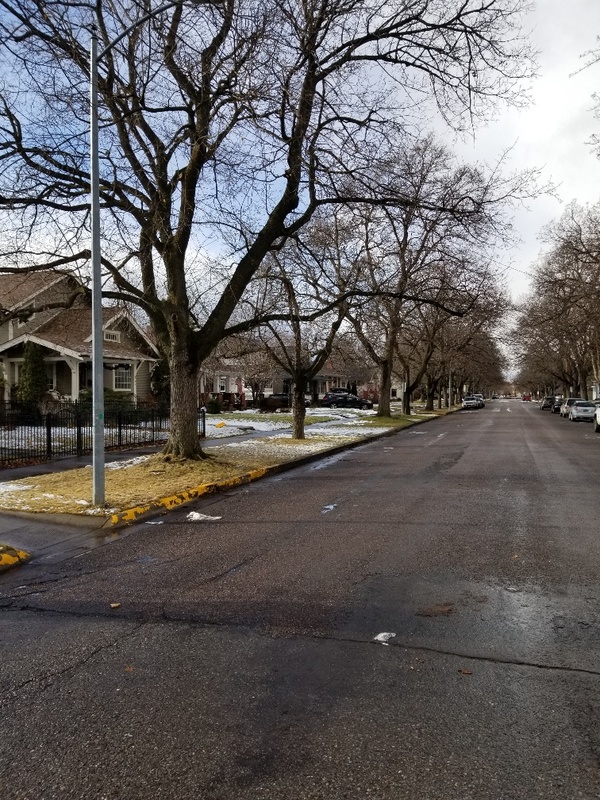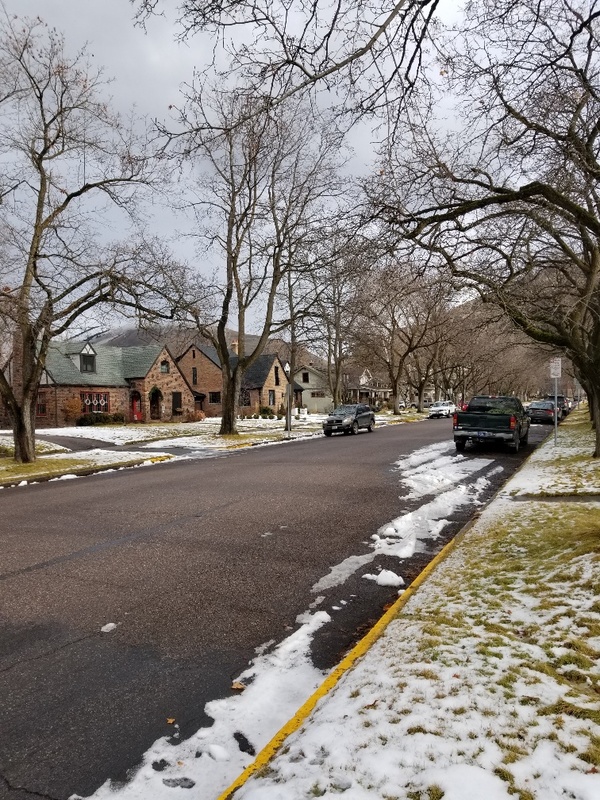University Area Historic District

Prominent business rivals C. P. Higgins and A. B. Hammond and others began to invest in this area during the late 1880s, platting additions and naming the streets after their children and associates. Creation of The University of Montana in 1893 prompted both the Hammond and Higgins families to donate land for the new campus, believing that the university would foster residential growth nearby. Building began in earnest circa 1900. The City of Missoula landscaped the boulevards and by 1912, paved the streets; electric trolleys, streetlights, and beautification efforts were all visible. Broad shaded boulevards, lawns, and elegant mansions of Missoula’s pioneers showcase the work of such noted architects as A. J. Gibson, H. E. Kirkemo, John G. Link and C. S. Haire, and others. Yet for all its grand appearance, residents have always considered the district to be a “quaint and quiet place” for families. Even the most elaborate houses were touted as “real” family homes with livable rooms and practical amenities. As the university experienced growth over the decades, apartments, old family mansions purchased by fraternities and sororities, and modest bungalows began to appear side by side along the forty-plus blocks bridging the area between campus and downtown. Yet, as it was at the turn of the century, the university neighborhood today is a cohesive community built upon the same early-nineteenth-century ideals of moderate living. Whether mansion or bungalow, the historic University Area reinforces the notion that Missoula is a city that respects and enjoys its history.
Images

